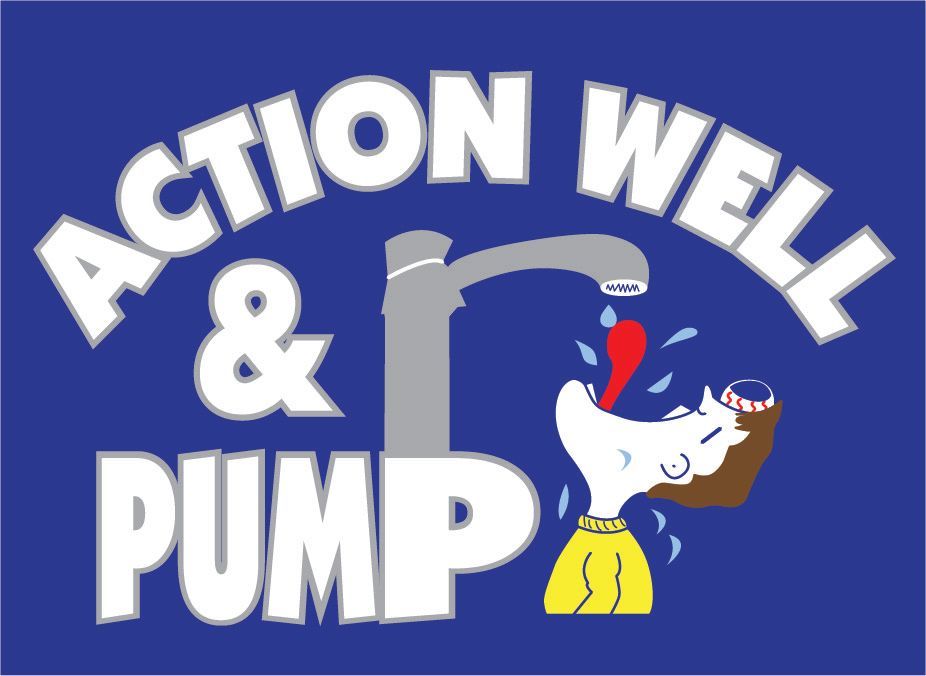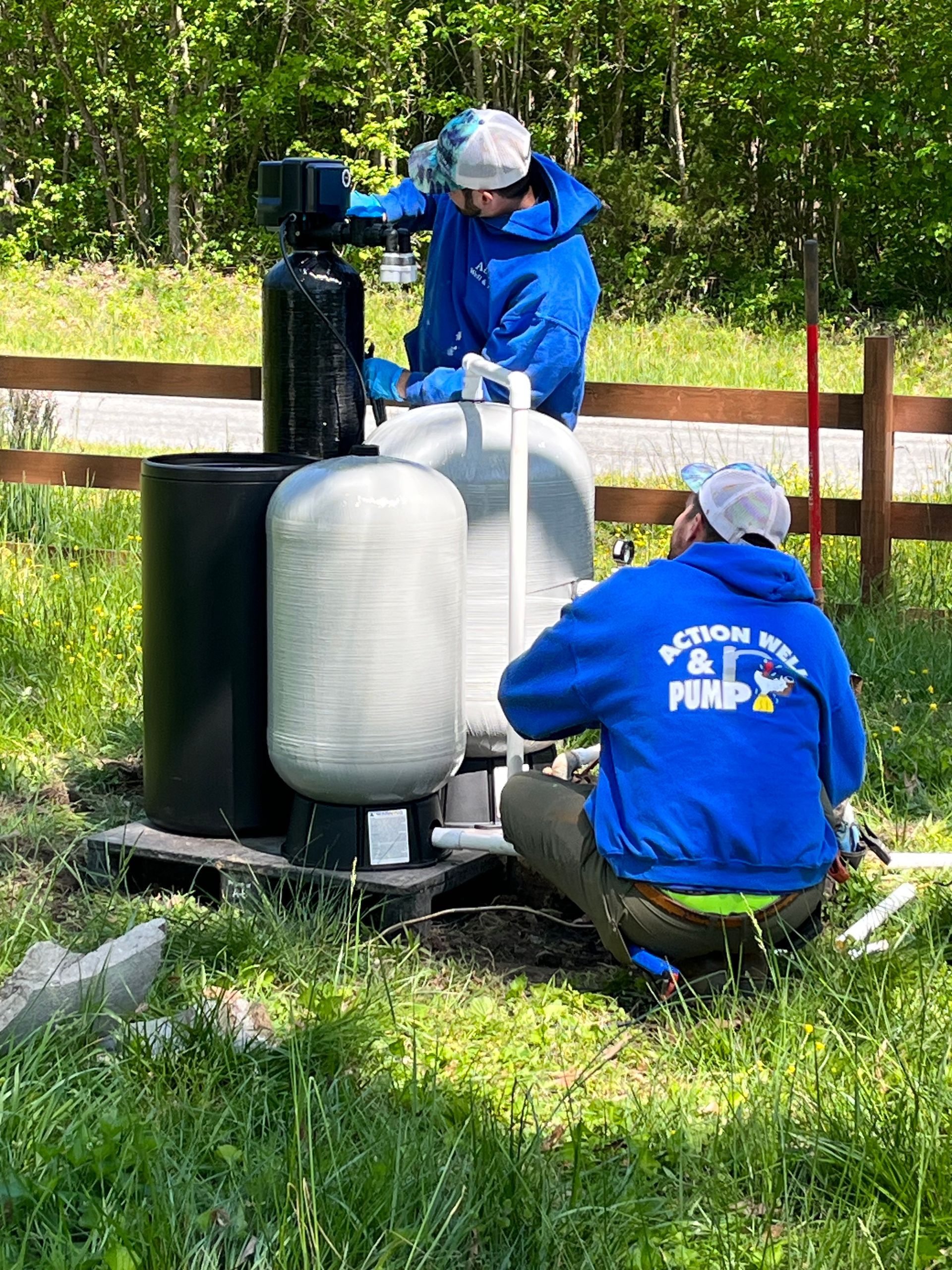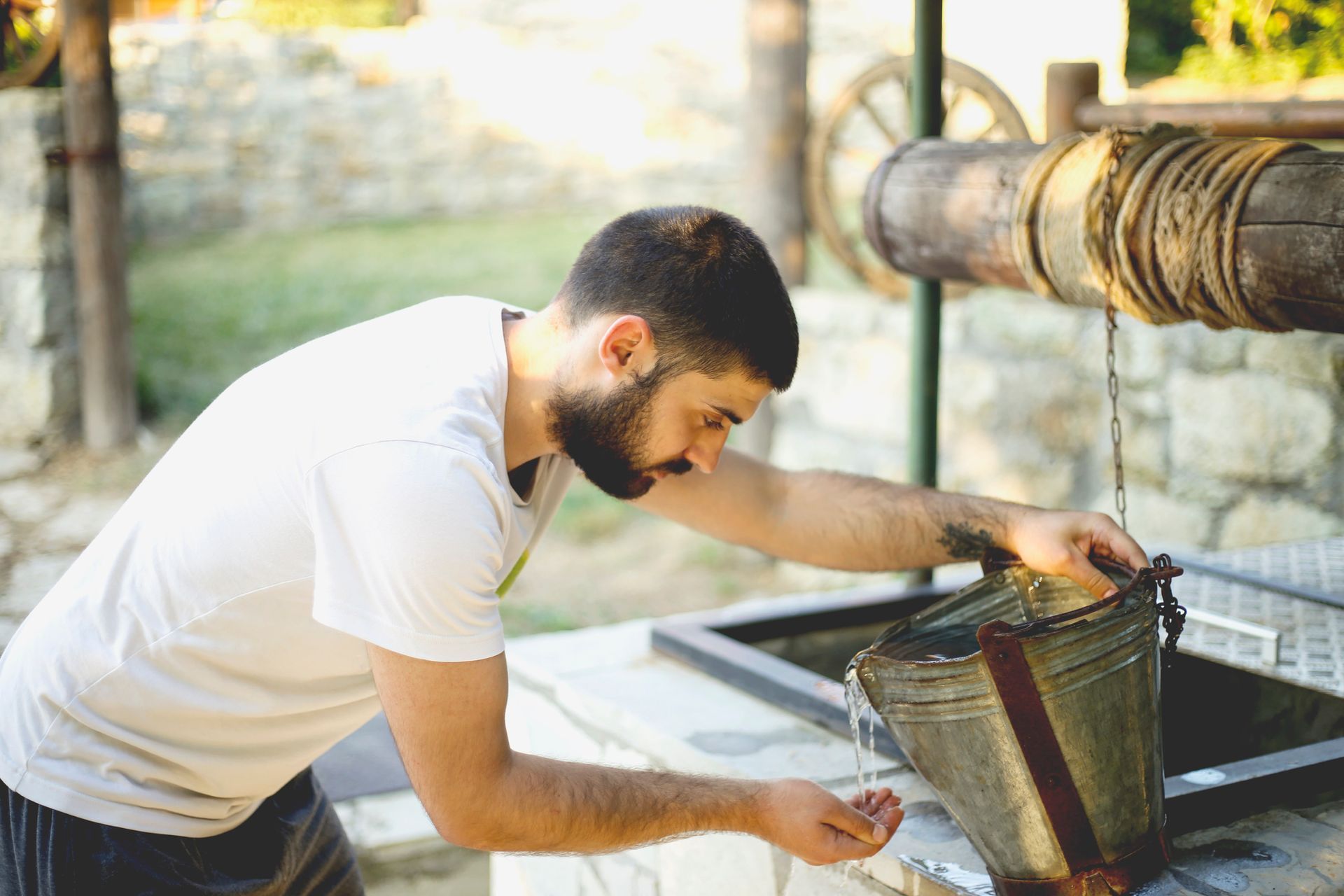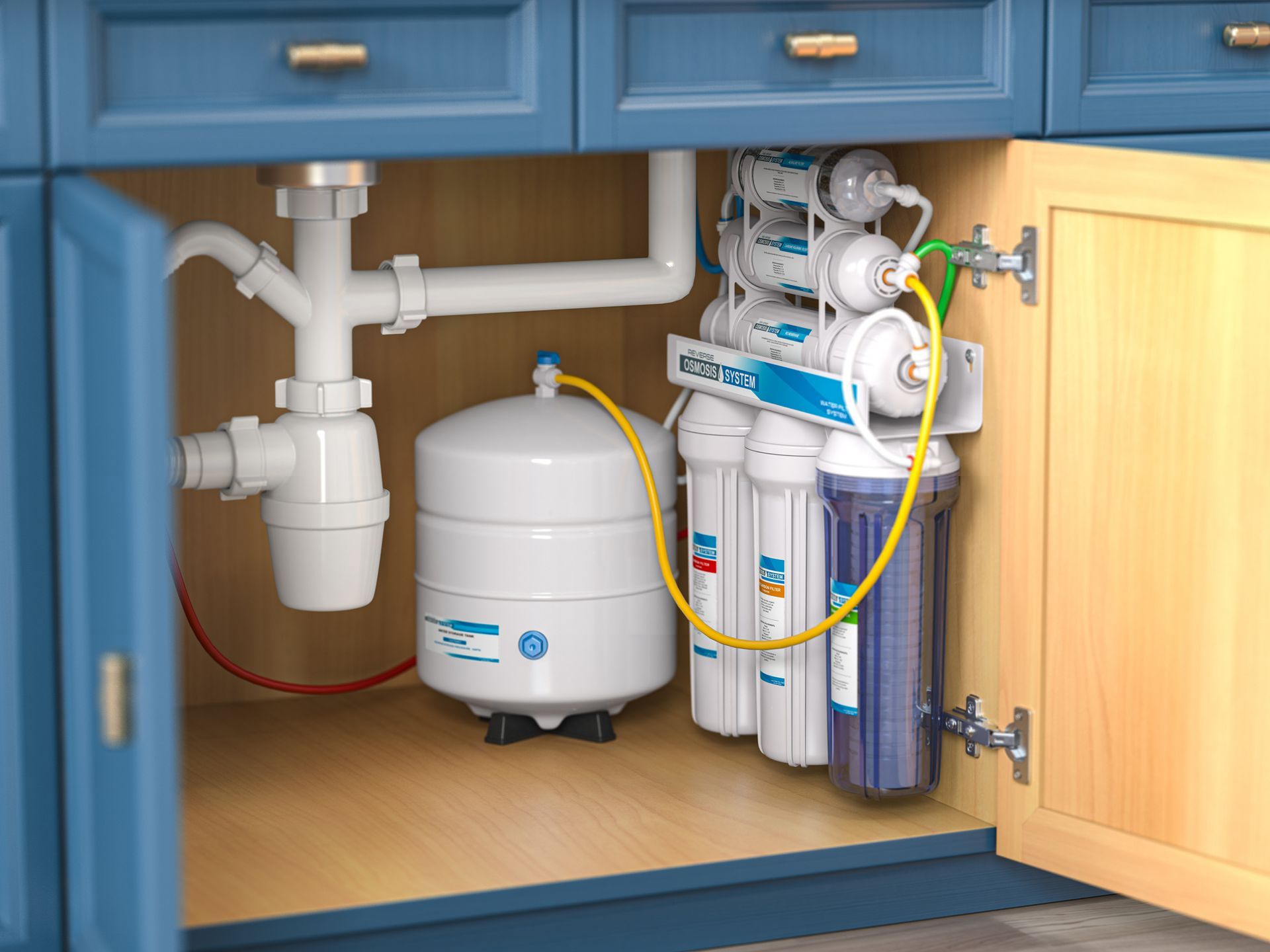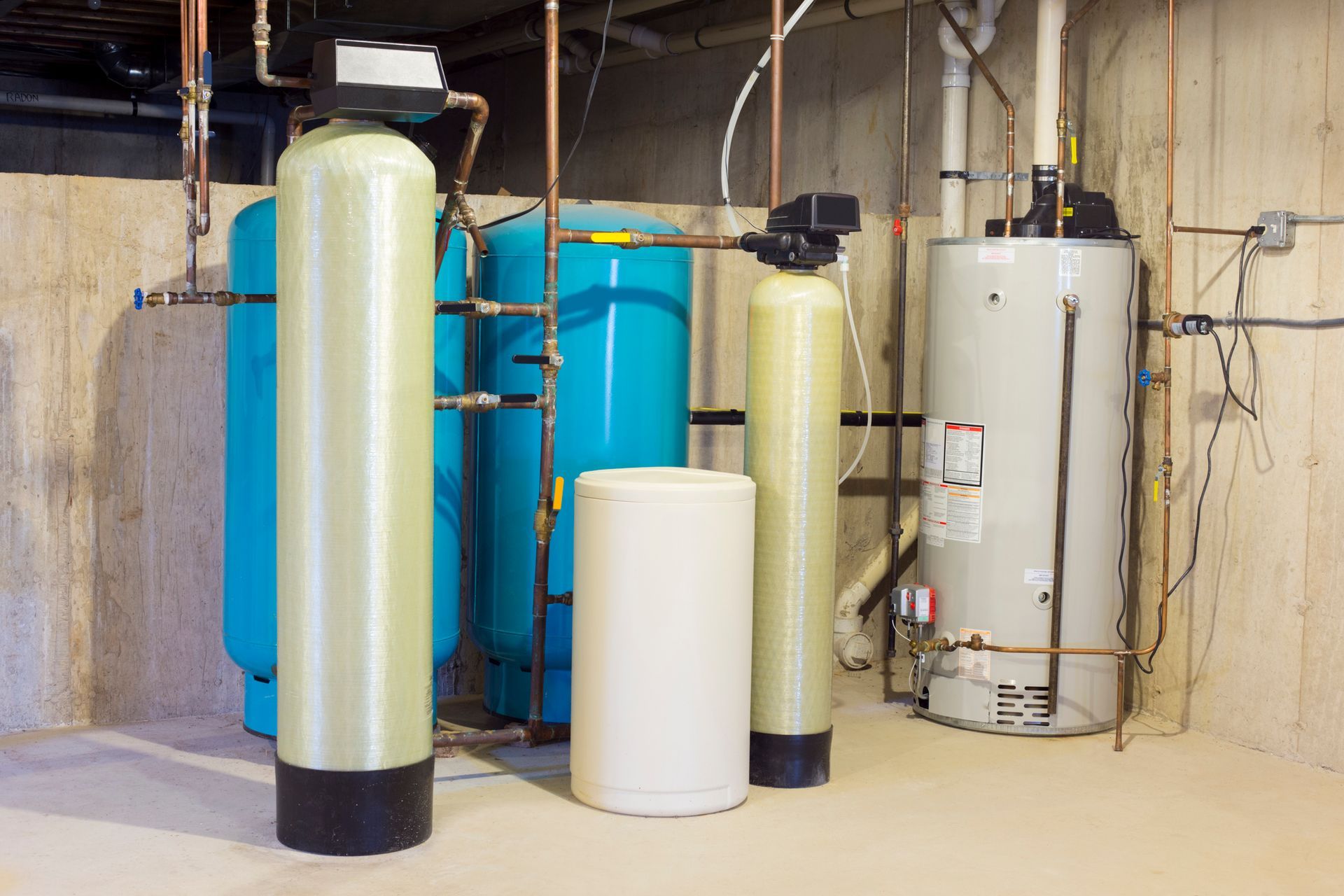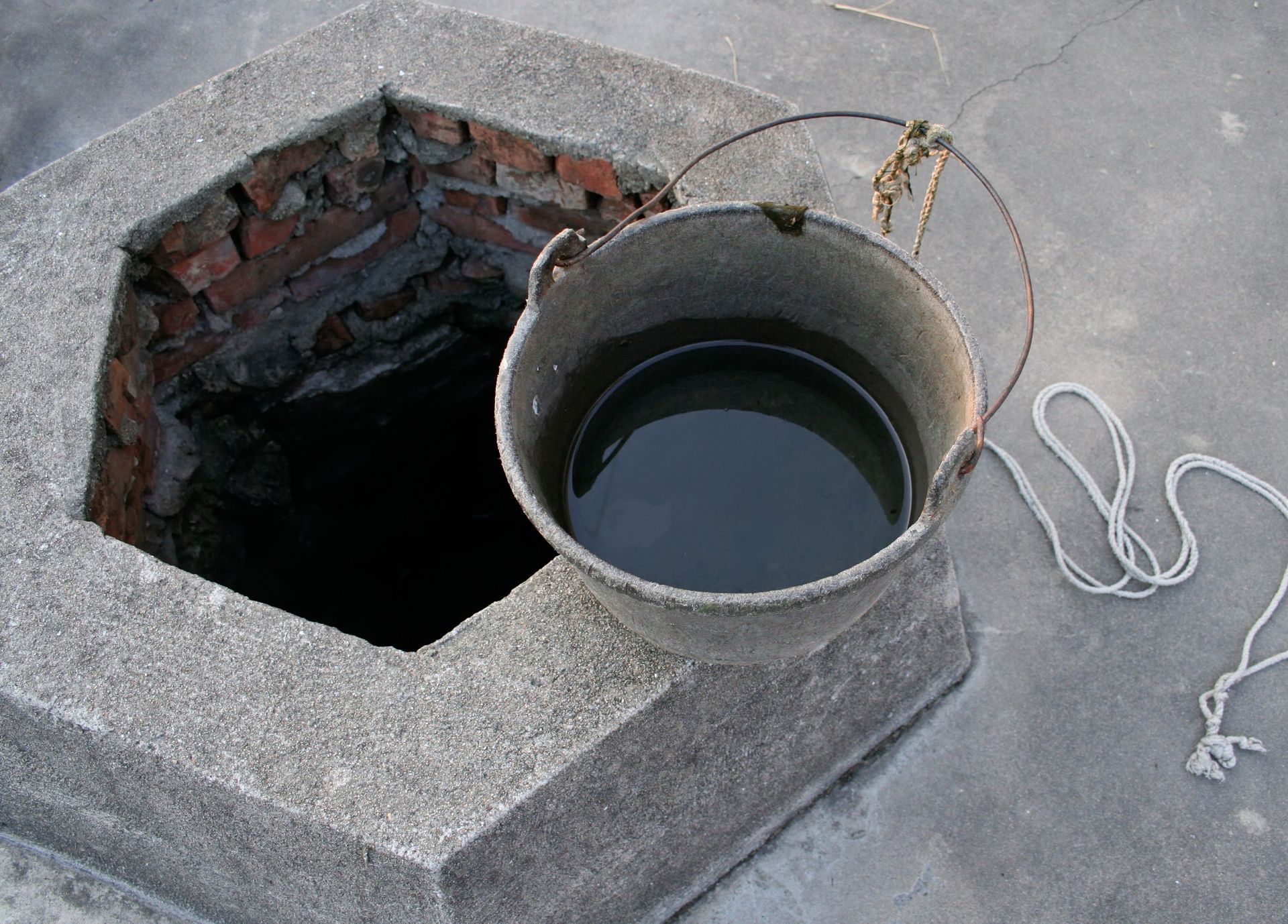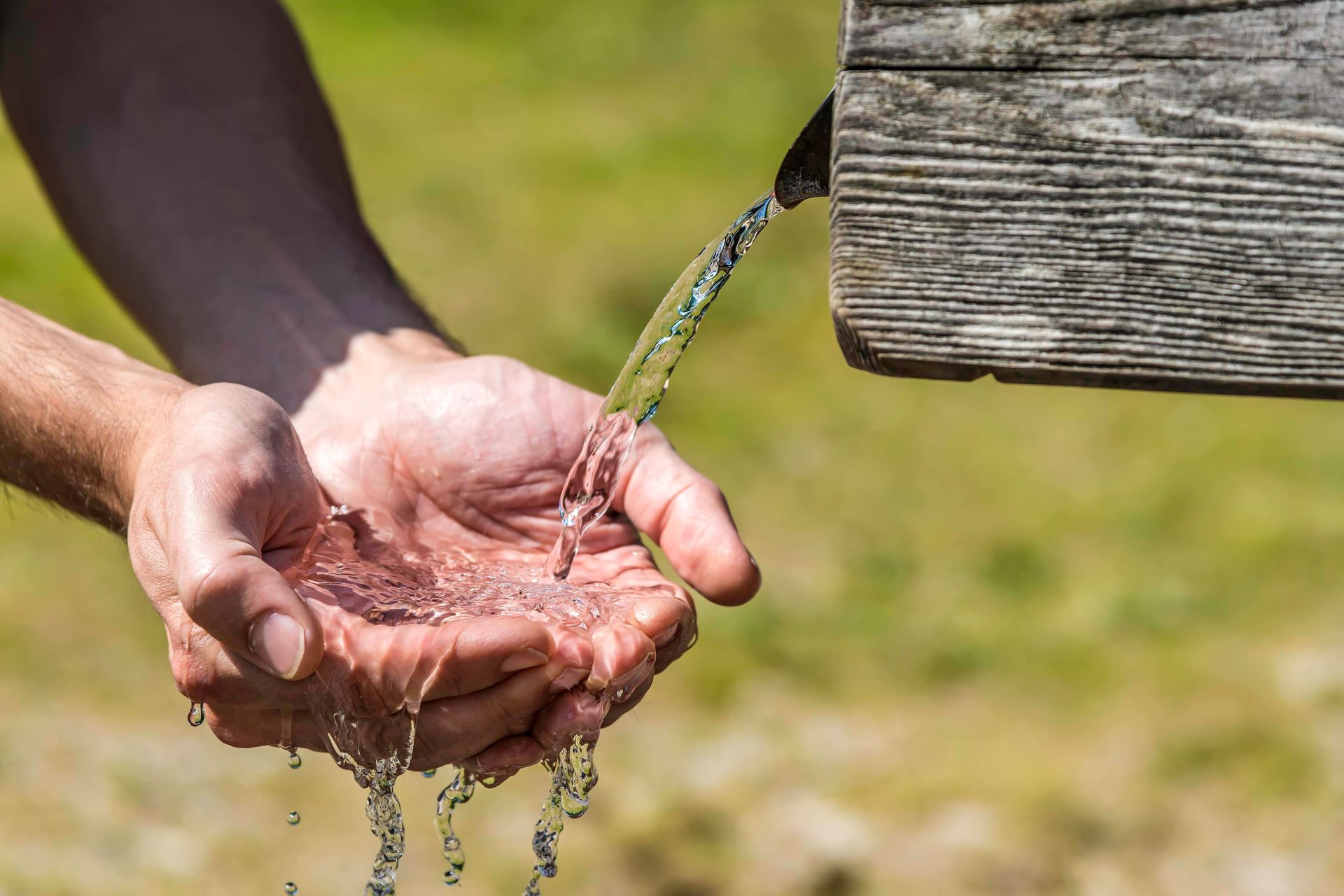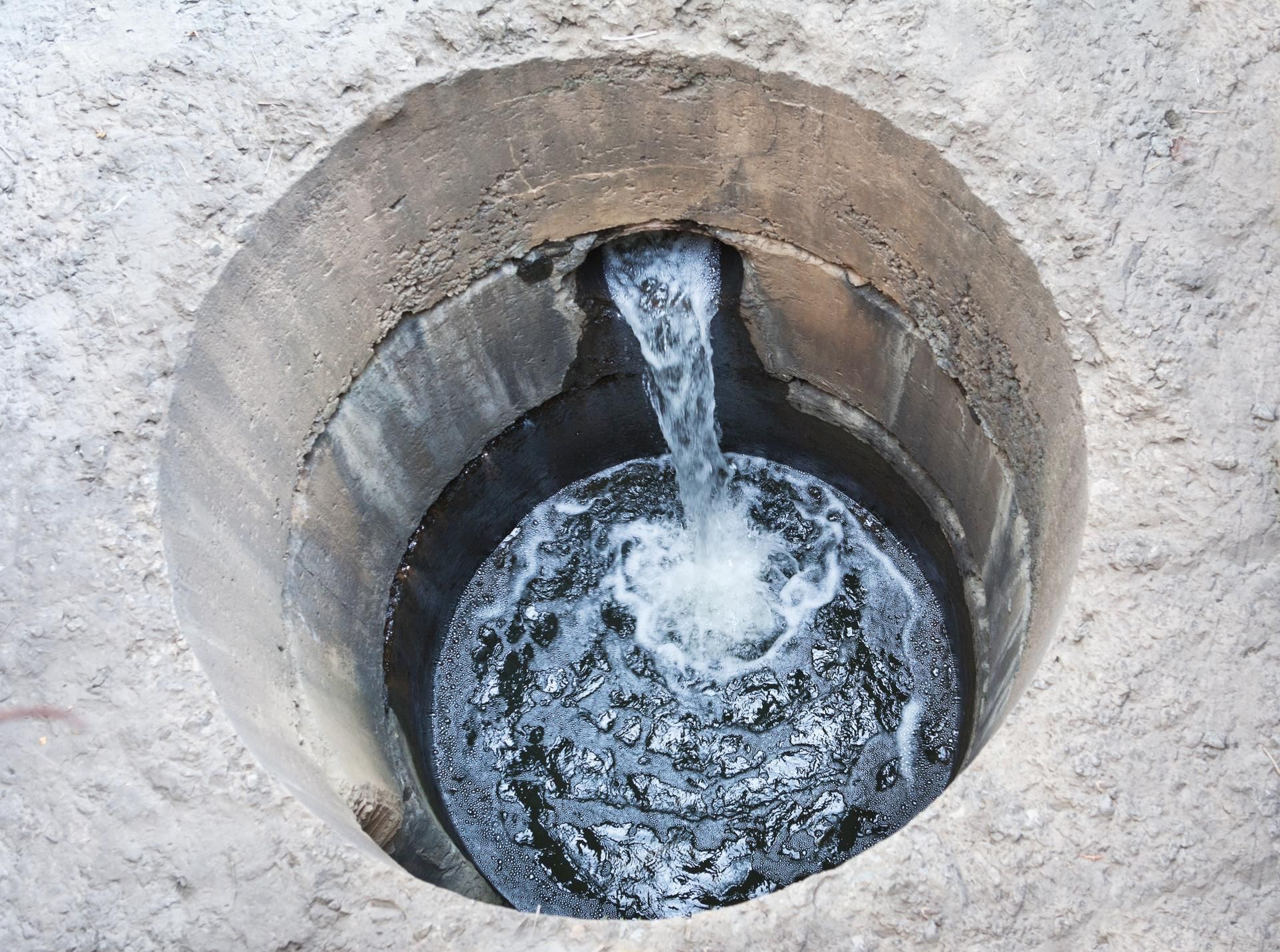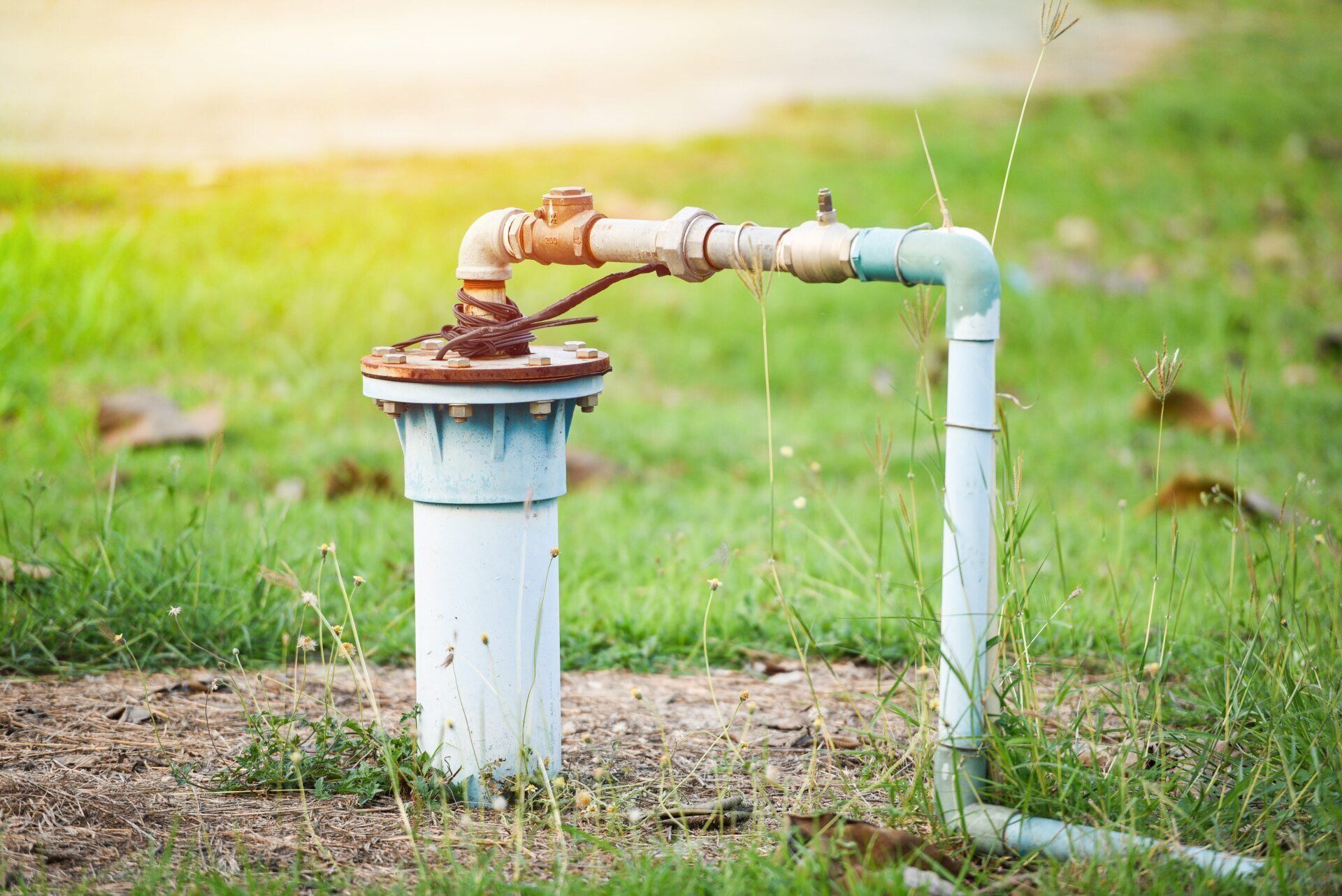2 Common Sources of Well Water Contamination & How to Combat Them
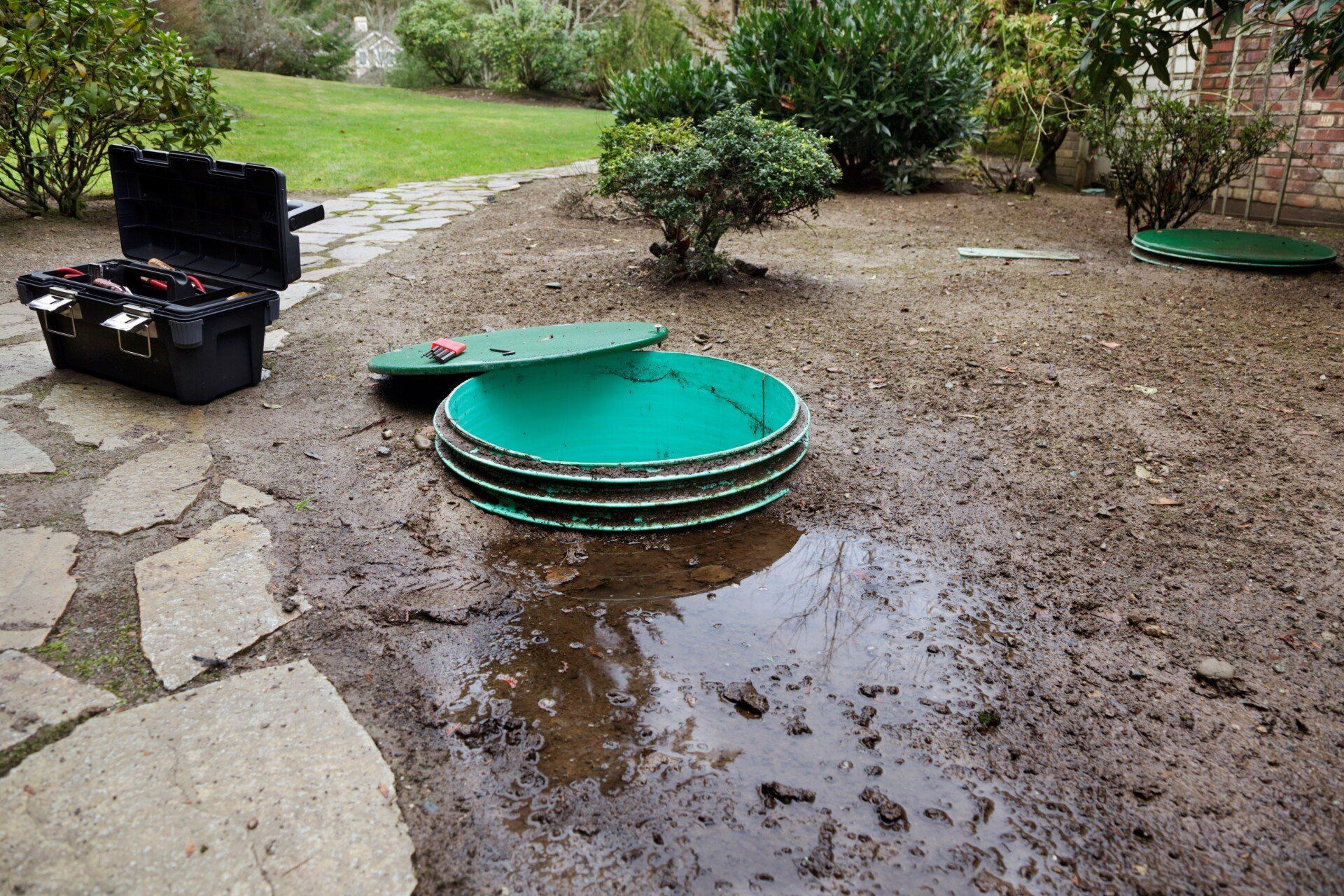
If you just purchased a home equipped with a water well, then you understand the importance of keeping your well water free from harmful contaminants that can endanger your family's health. However, you may not understand how contaminants enter the groundwater that supplies your well and just where these contaminants come from.
Read on to learn about two common sources of well water contamination and how to combat the problems they can cause.
1. Landfills
The Environmental Protection Agency (EPA) has many regulations in place designed to protect the groundwater that supplies wells from landfill contamination. However, no method is foolproof.
Landfill leachate - a liquid by-product of waste decomposition that can contain a wide variety of hazardous chemicals, bacteria, and other pathogens - can enter the groundwater near a landfill as garbage decomposes.
While landfills are typically equipped with linings and special drainage systems that collect leachate and guide it into containers for disposal before it enters the surrounding soil, these linings and drainage systems can malfunction, leading to inefficient containment and collection of this hazardous liquid.
Leachate often contains e. coli bacteria, nitrate, and heavy metals. While the ingestion of hazardous bacteria can lead to many types of illness, consumption of heavy metals, such as arsenic and manganese, and other contaminants found in leachate can increase the risk of cancer.
The best way to prevent landfill leachate from entering your water is to ensure the well is installed as far away from local landfills as possible. The EPA requires at least 500 to 800 meters of distance between residential water wells and municipal solid waste landfills.
Have water well experts test your well water for contaminants at least once a year. If contaminants, such as those found in leachates, are found in your well water, the well expert will help you determine the pollution source and find ways to remove these pollutants from your well water.
2. Septic systems
When septic systems are designed and working properly, they should not pollute the groundwater. However, failing systems, septic tanks with cracks in them, and ill-designed septic tank drainfields can fail to remove all hazardous bacteria from wastewater, or effluent, before it is discharged into the ground where it can then seep down into the local groundwater supply.
In addition, wastewater that surfaces in your yard during septic system back-ups can enter your well through cracks in the well casing or loose well caps.
Shallow water wells are more likely to suffer from septic system contamination, and when installed very close to septic systems, wells can be contaminated by bacteria such as e.coli found in septic tank effluent.
The first step to preventing water well contamination from septic systems is to check local regulations and ensure your well is located the required distance from your own or neighbors' septic systems. Next, have your septic system inspected on a regular basis to ensure it is working properly and remove harmful bacteria and other pathogens from wastewater before it is discharged into the soil.
Have your well inspected regularly for well casing cracks, damaged well caps, and other problems that can make your well more susceptible to contamination from any pathogens in the surrounding soil.
Finally, every homeowner who has both a water well and septic system on their property should install an ultraviolet (UV) light disinfection system in their well to safeguard against pathogens in septic system effluent. These light systems kill many types of harmful pathogens in well water, including e. coli and even many bacteria that are resistant to chlorine disinfection.
If your family obtains your drinking water from a well, now you know two common sources of water well contamination and how to prevent the water well pollution that they can cause. Contact the experts at Action Well & Pump Repair for all of your water well needs, including UV light disinfection system installation, today.
